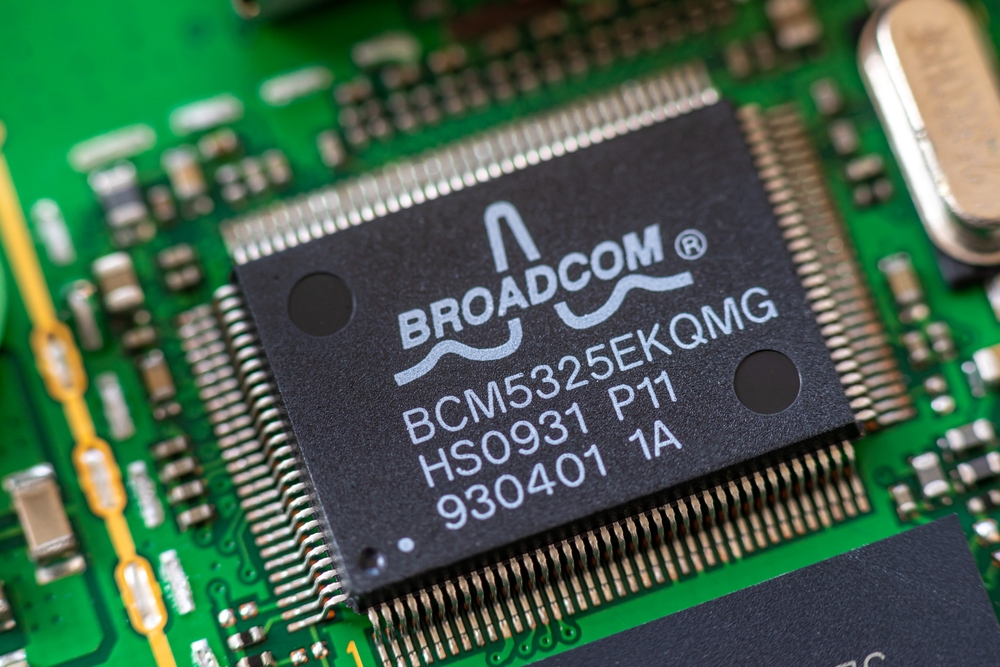The Q1 of fiscal year 2024 (a three-month period ending November 30, 2023), which Micron ended with a loss of $1.23 billion, still reflected the challenging previous months. The global economy was nearing a recession, and inflation was at its highest in decades. This caused consumers to be more cautious with overspending, leading to a decline in the sales of consumer electronics that heavily rely on memory chips. However, a significant increase in Micron Technologies' revenue and profit this year suggests that the company has recovered from a tough period and is ready to capitalize on global demand, not just for consumer electronics but particularly for data centres driving AI and cloud computing technologies.
Positive turnaround in financial results
Micron's revenue for the Q4 FY 2024 (a three-month period ending August 29, 2024) reached $7.75 billion, representing a 93% year-over-year growth. Net profit amounted to $887 million, a substantial success compared to the previous year's loss of $1.43 billion. This also marked the conclusion of the FY 2024 (a 12-month period ending August 29, 2024), with total revenue reaching $25.11 billion, a 61% increase compared to $15.54 billion in 2023. Net profit for 2024 stood at $778 million, with earnings per share of $0.70, recovering from a $5.83 billion loss the previous year.* This revenue growth is largely attributed to record earnings from data centres, SSD sales, and NAND memory, driven by increasing demand for AI servers utilizing these technologies. It also demonstrates that the company has successfully dealt with surplus inventories and improved operational efficiency.
AI demand as the main driver of growth
Data centres are a key segment for Micron, where AI plays an increasingly significant role due to its need for vast computing and memory capacity. The company is optimistic about its revenue for FY 2025, forecasting Q1 revenue at $8.7 billion (± $200 million) and earnings per share of around $1.54. Micron also anticipates record revenue growth for the entire 2025 fiscal year, driven by strong demand for data centers. However, future challenges include geopolitical tensions and the trade war between the U.S. and China, posing a threat to exports to this critical Asian market, despite the company’s strengthened positions in other global regions.[1] On September 26, 2024, Micron's stock price surged by 18% on the Nasdaq following the announcement of these guidelines, ending the day with nearly a 15% gain overall. For the full week the stock gained more than 18 %.* Despite this rise, the stock value remains relatively low compared to its all-time high in June this year.

Source: Investing.com*
The computer memory market is experiencing rapid growth
According to TrendForce.com, Micron held approximately 20% of the DRAM market share in the Q2 of 2024, ranking just behind Samsung and SK Hynix. In the NAND memory sector, Micron ranked fourth with an 12% market share. The estimated total value of the computer memory market this year was around $148.95 billion, according to Mordor Intelligence. The market research firm projects that by 2029, it will exceed $215 billion, with a compound annual growth rate (CAGR) of 7.63%. Overall, the industry is recovering faster from the crisis than initially expected. Data from the Yole Group shows that DRAM market revenues grew 88% year-over-year in 2024 to $98 billion, while NAND memory revenues reached $68 billion with a 74% growth. Furthermore, revenue growth in these segments is expected to accelerate to $137 billion and $83 billion, respectively, in 2025. [2]
Conclusion
Based on Micron's strong performance and demand outlook for this technology, the company appears to be on solid ground with strong growth potential. Since its shares are still at relatively low levels, they may represent an attractive investment opportunity for future returns. However, a crucial part of Micron's revenue comes from consumer electronics that use its memory chips, and demand in this sector is closely tied to economic developments influencing consumer behaviour. Therefore, it is essential to monitor macroeconomic indicators like inflation, economic growth, and related interest rates. Deviations from current economic trends can often bring surprises. [3]
David Matulay, analyst of InvestingFox
* Data relating to the past are not a guarantee of future returns.
[1], [2], [3] Forward-looking statements represent assumptions and current expectations that may not be accurate or are based on the current economic environment, which may change. These statements are not guarantees of future performance. Forward-looking statements inherently involve risk and uncertainty because they relate to future events and circumstances that cannot be predicted and actual developments and results may differ materially from those expressed or implied in any forward-looking statements.
Warning! This marketing material is not and must not be understood as investment advice. Data relating to the past are not a guarantee of future returns. Investing in foreign currency may affect returns due to fluctuations. All securities transactions can lead to both profits and losses. Forward-looking statements represent assumptions and current expectations that may not be accurate or are based on the current economic environment, which may change. These statements are not guarantees of future performance. InvestingFox is a trademark of CAPITAL MARKETS, o.c.p., a.s. regulated by the National Bank of Slovakia.
Sources:
https://blocksandfiles.com/2024/09/13/samsung-and-sk-hynix-gain-nand-market-share/
https://www.mordorintelligence.com/industry-reports/memory-market
https://www.yolegroup.com/product/report/status-of-the-memory-industry-2024/
 English
English
 Slovak
Slovak
 Czech
Czech
 Hungarian
Hungarian
 Italiano
Italiano
 Polish
Polish





